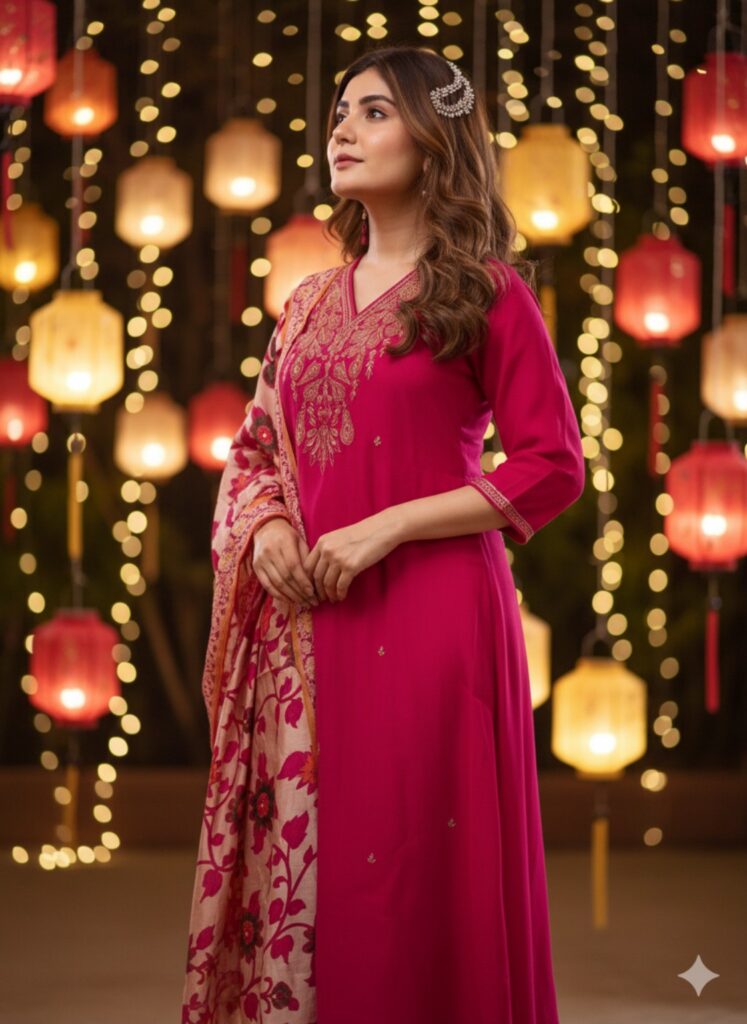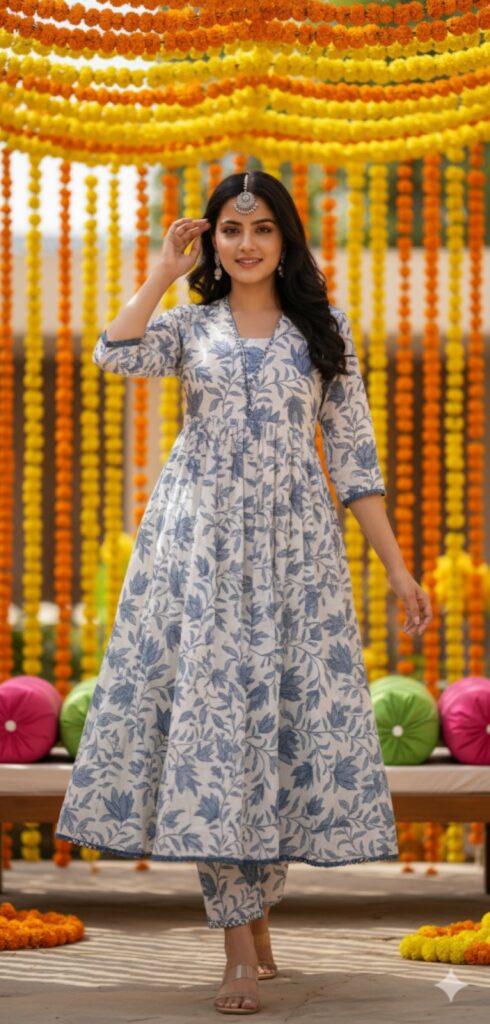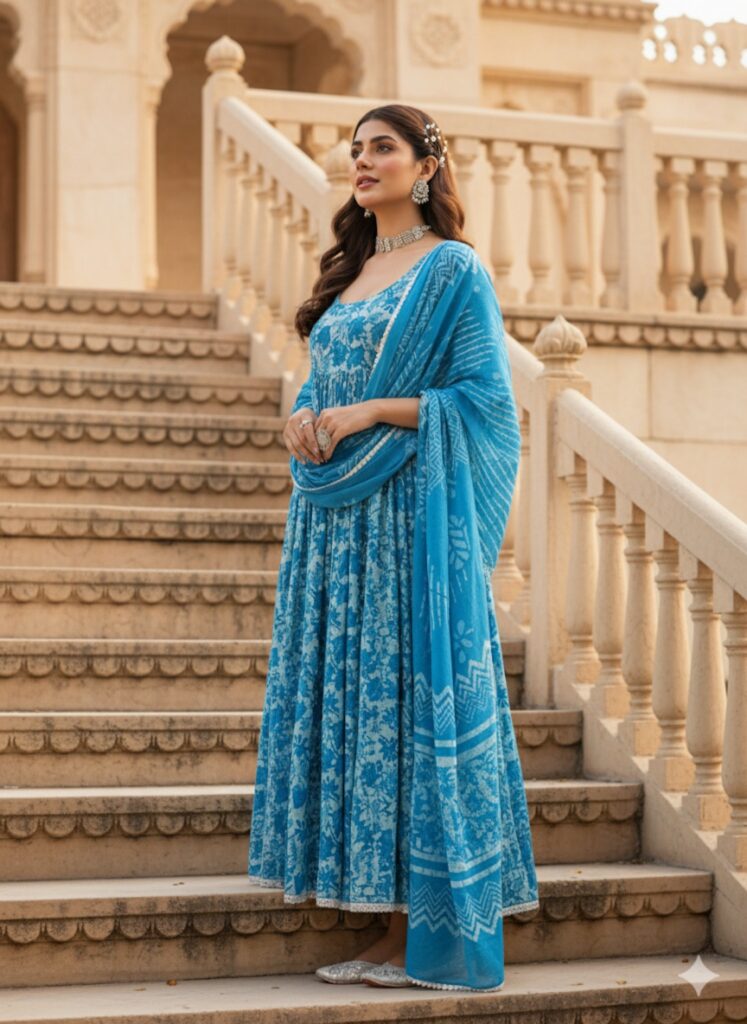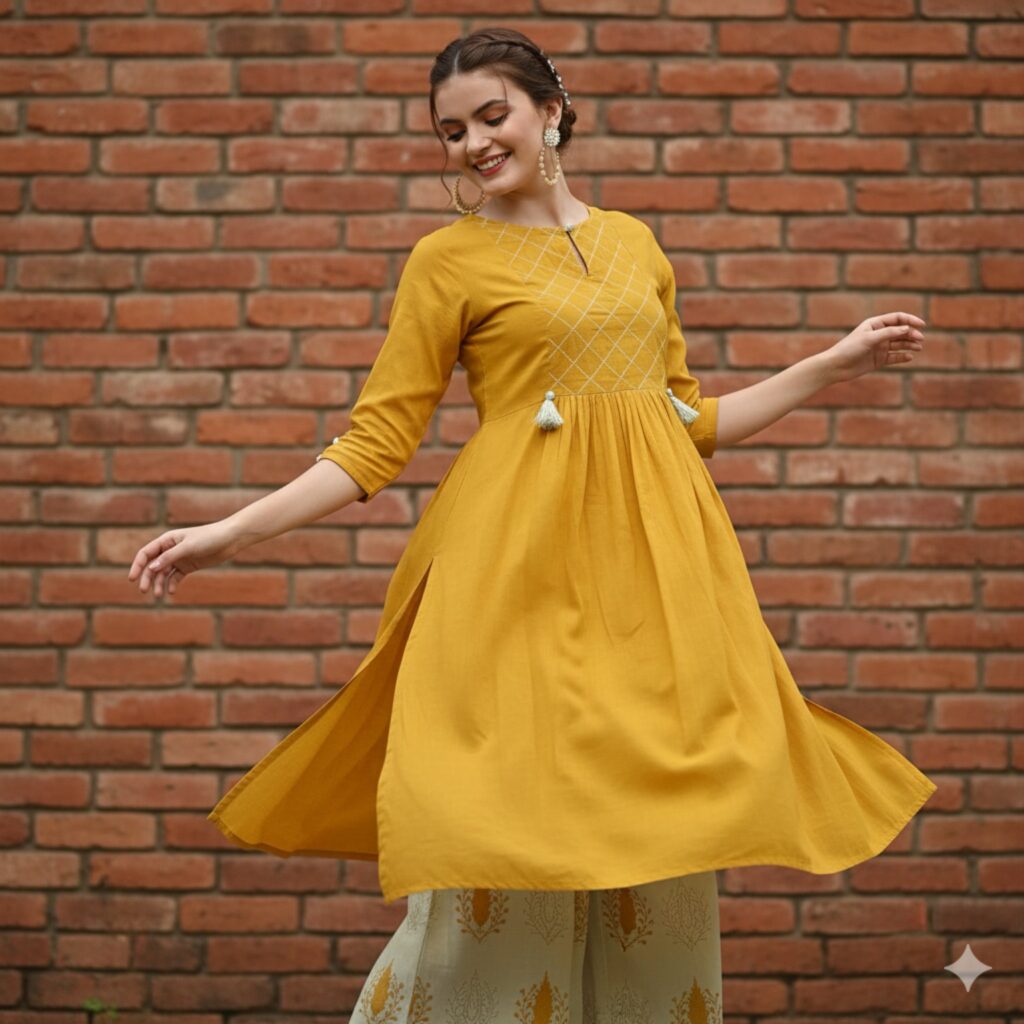
KLOSIA Women Embroidery Straight Kurta and Pant Set with Dupataa

KLOSIA Women Embroidery Straight Kurta and Pant Set with Dupataa

KLOSIA Women Embroidery Straight Kurta and Pant Set with Dupataa

KLOSIA Women Embroidery Straight Kurta and Pant Set with Dupataa
Fashion is more than clothing; it is a powerful expression of identity, culture, and creativity. From ancient civilizations to the digital age, fashion has reflected values, aspirations, and emotions of people across the world. When we explore the world of style, we understand not just fabrics and colors but also the art of storytelling through garments. Every piece of fabric carries history, craftsmanship, and a statement about who we are or who we want to be.
One of the most captivating elements of fashion is its constant evolution. What was once modern yesterday becomes vintage today, and what was old once again becomes new. Fashion moves in cycles, reviving trends from previous decades and reimagining them with a contemporary twist. This cycle connects generations and gives designers endless inspiration to blend nostalgia with innovation.
Colors play a significant role in how fashion communicates emotion. Bold colors reflect confidence and energy, while pastel shades often symbolize calmness, purity, and serenity. Designers use colors not only to enhance aesthetics but also to send subtle psychological messages. A deep red dress may embody power and passion, while a soft lavender gown could suggest elegance and tranquility.
Beyond colors, textures and fabrics define the soul of clothing. The smoothness of silk, the coziness of wool, the crisp feel of cotton, and the glamour of velvet each create unique sensory experiences. The touch of fabric transforms the way a garment is perceived. Luxury fashion often focuses on rare materials, while sustainable fashion emphasizes organic and eco-friendly fabrics to reduce environmental impact.
Sustainability has become one of the most important movements in fashion. As consumers grow aware of fast fashion’s environmental cost, there is a strong shift toward conscious choices. Brands now highlight recycled materials, ethical labor practices, and timeless designs meant to last. Instead of chasing temporary trends, people are embracing capsule wardrobes and slow fashion principles that focus on quality over quantity.
The role of technology in fashion cannot be ignored. Artificial intelligence, virtual reality, and digital fashion shows are redefining the industry. From 3D-printed garments to AI-powered design tools, technology allows experimentation beyond traditional limits. Even fashion retail has shifted dramatically, with online shopping, virtual try-ons, and digital influencers changing how people discover and buy clothes.
Fashion also represents cultural heritage. Traditional outfits carry the essence of regional identity. Saris in India, kimonos in Japan, abayas in the Middle East, and kilts in Scotland are more than clothing—they are cultural symbols passed through generations. Designers often fuse traditional attire with modern silhouettes, creating hybrid styles that appeal to both heritage lovers and modern trendsetters.
The influence of celebrities and influencers is undeniable in shaping fashion choices. A single appearance on the red carpet can make a designer famous overnight. Social media platforms have further amplified this effect. Instagram, TikTok, and Pinterest have become virtual fashion runways, where new trends are born, shared, and globalized in seconds. Fashion is no longer limited to elite circles; it is democratized and shaped by everyday people with strong online presence.
Streetwear is one of the best examples of democratized fashion. Once considered casual wear, it has evolved into a high-fashion category embraced by top designers and luxury brands. Hoodies, sneakers, and oversized jackets are no longer confined to sidewalks—they dominate runways. The blending of luxury and street culture demonstrates how fashion adapts to the voices of youth and urban creativity.
Another fascinating aspect of fashion is its connection to personal psychology. What we wear impacts how we feel and how others perceive us. A well-tailored suit can boost confidence in professional settings, while casual wear may encourage relaxation and openness. The science of “enclothed cognition” proves that fashion influences behavior and mindset. Clothing is not just external decoration; it deeply affects self-expression and mood.
Seasonal collections keep the industry dynamic. Spring/summer and fall/winter collections showcase creativity aligned with climate and lifestyle needs. Lightweight linens and floral prints dominate summers, while cozy knits and layered ensembles rule winters. Designers use these collections to experiment, challenge norms, and set new directions that ripple through global fashion markets.
The luxury sector remains aspirational, defined by craftsmanship, exclusivity, and heritage. Brands like Chanel, Louis Vuitton, and Dior continue to symbolize timeless elegance. However, luxury fashion is evolving too, with younger buyers demanding inclusivity and digital experiences. Limited-edition drops, collaborations with streetwear labels, and metaverse fashion shows are now part of luxury’s future.
Inclusivity has also reshaped the fashion landscape. Body positivity, gender-neutral fashion, and adaptive clothing for people with disabilities are making style accessible for all. Designers are no longer restricted to outdated beauty standards; they are celebrating diversity in body shapes, skin tones, and cultural identities. This shift empowers people to see themselves represented and appreciated in the fashion world.
Accessories remain a cornerstone of self-expression. Bags, shoes, jewelry, and eyewear often complete an outfit and define personality. A bold necklace or a statement handbag can elevate even a simple look. Accessories allow individuals to play with fashion without changing their entire wardrobe, making them powerful tools of personal expression.
The future of fashion is hybrid—rooted in tradition, inspired by innovation, and driven by responsibility. AI-powered design, digital wardrobes, sustainable fabrics, and global cultural exchanges will continue to reshape how we perceive style. As fashion becomes more conscious and technology-driven, individuality remains at its core. After all, fashion is not about following every trend blindly but about choosing what resonates with our personality, values, and lifestyle.
Ultimately, fashion tells the story of humanity. It connects history with modernity, personal style with collective culture, and creativity with responsibility. Fashion is not just what we wear—it is who we are, a living language that evolves with time and continues to inspire generations.
